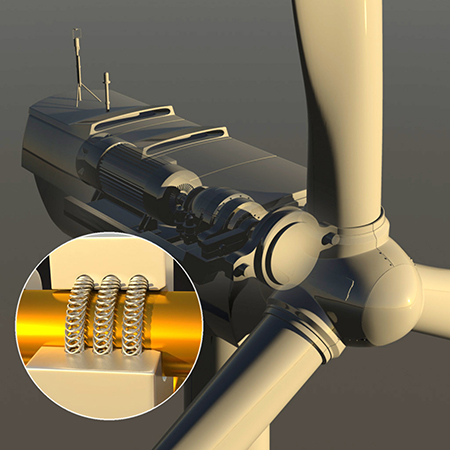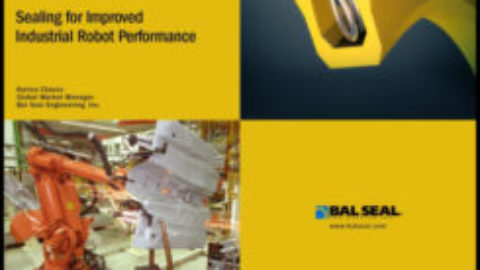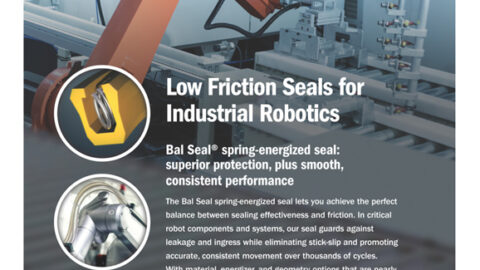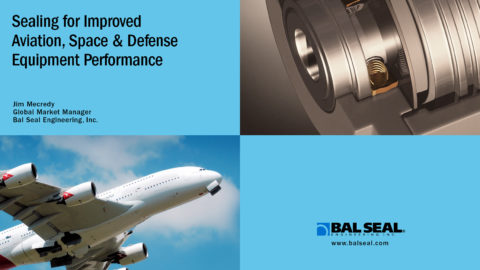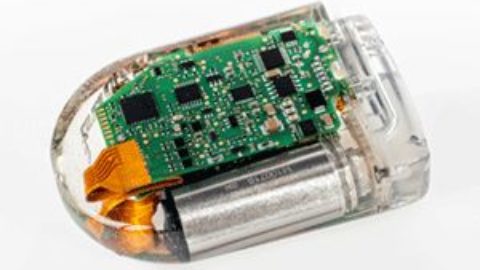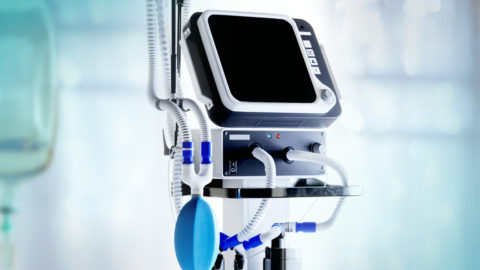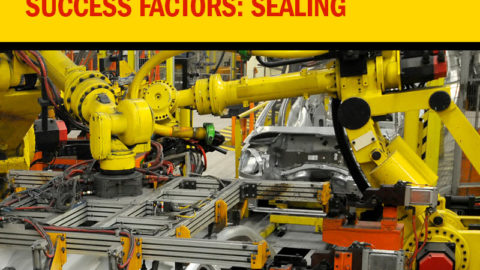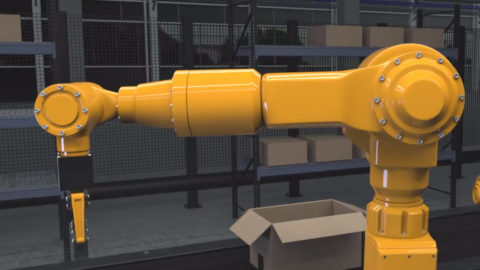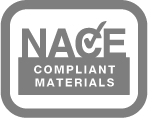As wind-energy systems supply a greater percentage of power worldwide, minimizing downtime and decreasing maintenance and service is critical.
Jim Harty
According to the U.S. Energy Information Administration, wind capacity grew by 8% in 2014 and is forecast to increase by 12% in 2015 and by 13% in 2016. Bloomberg New Energy Finance further predicts that wind power will continue to grow with global installations adding a record 60 GW in 2015 alone. This is good news for the wind industry, but with growth comes increasing pressure to develop more reliable and efficient machines.
Wind turbines must withstand harsh internal and external conditions, including temperature and weather fluctuations, turbulence caused by wind gusts, variations in rotor speed, and repeated strokes of the blades. For the components that make up the turbine, durability is essential. Even the smallest components, such as seals and connectors, must endure changes in pressure and temperature while minimizing friction and wear inside the nacelle.
This article examines key considerations for selecting seals and connectors, and discusses the implications for wind-turbine designs.
Proper sealing
Sealing and protecting turbine parts is a small job but an important one. When choosing a product, consider materials that offer a proven ability to last and withstand the tough conditions inside wind turbines.
• Friction and wear. When used in pitch-drive gears and other similar applications, seals need to facilitate a certain level of mobility. Because blades rotate millions of times, they must resist continuous wear. Low-friction sealing materials such as a polymer-filled polytetrafluoroethylene (PTFE) can minimize wear, providing excellent sealing performance and an extremely low dynamic coefficient of friction. An energized seal will ensure that the lip retains an ability to contact the housing, while securely and consistently sealing around the edges.
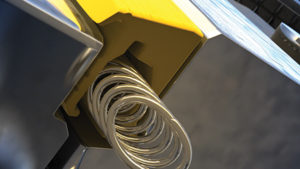 • Chemical and media compatibility. For proper protection, it’s important to choose a sealing material that exhibits chemical compatibility with the greases and lubricants commonly used in the turbine. PTFE is chemically inert and offers high resistance to solvents, chemicals, and other materials over time. By contrast, materials such as elastomers struggle with long-term exposure to UV rays.
• Chemical and media compatibility. For proper protection, it’s important to choose a sealing material that exhibits chemical compatibility with the greases and lubricants commonly used in the turbine. PTFE is chemically inert and offers high resistance to solvents, chemicals, and other materials over time. By contrast, materials such as elastomers struggle with long-term exposure to UV rays.
• Contact stress. Machined large-diameter seals have no weld, and therefore no hard spots or areas of potential weakness. This results in an ability to provide consistent contact pressures along the entire diameter of the sealing lip. Machined seals can also withstand much harsher conditions than welded ones, increasing service life of the seal and minimizing turbine downtime for maintenance or repairs.
• Shelf life. Longevity is an essential turbine design consideration, and this holds true for all of the turbine components. Minimizing the need for repairs or replacements of a seal means fewer maintenance visits and lower material costs. The design of a seal and the choice of material used will affect its shelf life. The length of time that seals can be stored is often dependent on the material. For example, materials such as PTFE can be stored for years without impacting their sealing performance.
•Thermal stability. In areas where ambient heat is excessive such as in a turbine’s gearbox, it’s important to use seals that provide protection and thermal stability. The seal should withstand high and low temperatures (up to 140°F and as low as to -65°F) without compromising the sealing contact stress.
Connecting turbines
Much like the requirements for proper sealing, connecting wind-turbine parts deserves special consideration for the best and safest results. Connecting presents specific conditions inside the small confines of a turbine nacelle. Tight spaces can make it difficult to achieve adequate torque and high vibration can easily loosen cables. In a worst-case scenario, this can lead to increased turbine temperatures, rising heat, and potentially hazardous conditions. When choosing connectors, consider these characteristics:
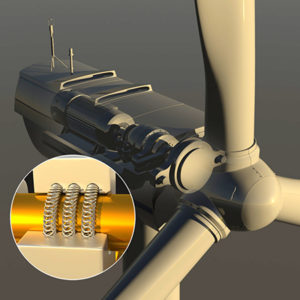 • Latching and locking forces. Connectors should provide wind turbine engineers with a means of dictating forces with which connections are made and broken. Fasteners such as canted coil springs offer controllable mating and unmating forces. Such controlled forces make it easy to connect and disconnect control, and provide an alternative to traditional technologies such as threaded connections that require tools.
• Latching and locking forces. Connectors should provide wind turbine engineers with a means of dictating forces with which connections are made and broken. Fasteners such as canted coil springs offer controllable mating and unmating forces. Such controlled forces make it easy to connect and disconnect control, and provide an alternative to traditional technologies such as threaded connections that require tools.
• Conductivity. In wind systems, it’s necessary to “dial in” the current-carrying capacity based on application need by specifying physical properties of contact (e.g. type of plating and wire diameter). Although copper braids are often used to carry current, other options such as canted coil springs placed on each end of a rod can improve current transmission. Because the spring maintains consistent contact forces on the conducting element, it can ultimately improve turbine performance.
• Heat safe. Connectors should allow maximum current management with minimal heat build-up in the turbine. Capacitors, transformers, generators, electrical controls, and transmission equipment are all subject to fire. To minimize risk in wind turbines, operating temperatures must remain at a minimum. Typical requirements include a heat run during which the heat rises to no more than 63°C. Operating temperatures should not exceed 110°C at 2900 A CC (amps of constant current). The short circuit current (SCC) must be able to withstand 1.6 kVA for two seconds. Canted coil springs help minimize heat-to-current carrying capacity in high-temperature conditions.
• Compression resistance. It’s important that connectors in wind turbines are resistant to compression set, which refers to the permanent deformation of a material after release of stress or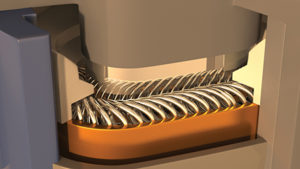 force. They should be comprised of material with physical properties that ensure consistent, multipoint contact for maximum efficiency of current flow. A resistance to compression set provides for consistent service over thousands of cycles.
force. They should be comprised of material with physical properties that ensure consistent, multipoint contact for maximum efficiency of current flow. A resistance to compression set provides for consistent service over thousands of cycles.
• Space-saving design. To ensure maximum efficiency, each connector should provide an excellent size-to-current capacity ratio, allowing designers the opportunity to decrease overall device size and build in more functionality where necessary.
As wind-energy systems supply a greater percentage of power worldwide, minimizing downtime and decreasing maintenance and service is critical. Conditions such as temperature, vibration, and corrosion demand components that are efficient and reliable even in tough environments.
